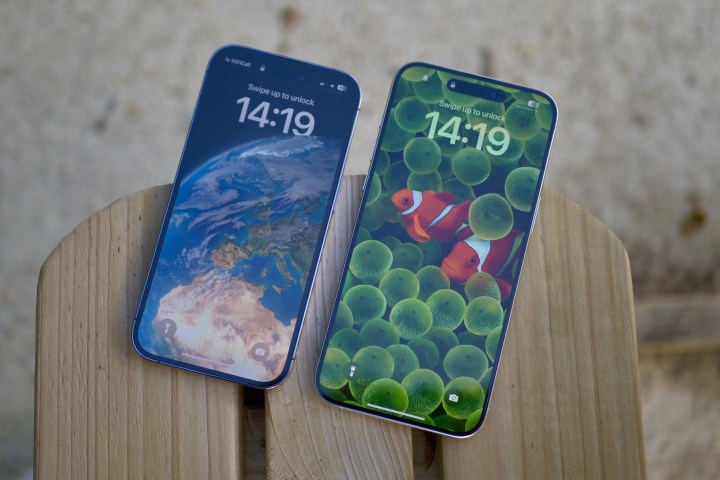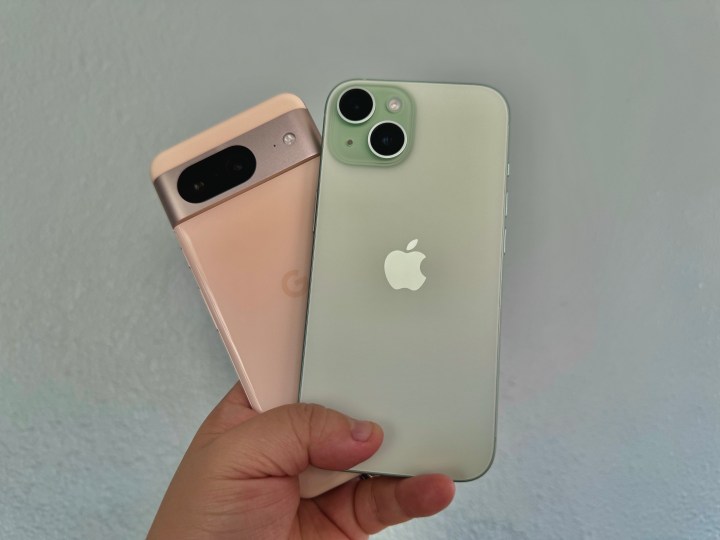
When Apple launched the original iPhone in 2007, it was as easy as could be — it was just the iPhone. There was only one model, and when you said you wanted an iPhone, the sales rep would know which one you meant … because that was all there was.
Apple kept it simple for a few years until the iPhone 5s and 5c. That’s when it first started offering two iPhone variants: one labeled as more “affordable” (and unapologetically plastic) while the other was the “main” one. Then, starting with the iPhone 6, we had the small, “regular” size iPhone 6 and the larger iPhone 6 Plus.
This continued until the iPhone 11 lineup, which introduced a regular iPhone, a smaller “Pro” model, and a larger Pro Max. The iPhone 12 series added a fourth “mini” option, which continued to the iPhone 13 mini, but then Apple eliminated the mini size to bring back a “Plus” variant with the iPhone 14 and now the iPhone 15.
What started out as a simple product lineup has evolved into something that feels unnecessarily complicated, especially when compared to competitors — and I think it’s time for a change.
The current iPhone lineup is too much

Ever since the iPhone 12, Apple has released four models of iPhones each Fall. Right now, with the current iPhone 15 lineup, we have the standard iPhone 15, the larger iPhone 15 Plus, the small iPhone 15 Pro, and the larger iPhone 15 Pro Max. Apple got rid of the mini size after two years because it was deemed a flop, indicating that more people are interested in a larger non-Pro iPhone.
That may be true, but I can’t help but feel that the iPhone Plus is in a bit of an odd place — and it’s easily the first one I would get rid of. It sits in between the regular iPhone 15 and the iPhone 15 Plus cost-wise, and for just $100 more, you could jump into the iPhone 15 Pro line with more features.
Of course, the iPhone 15 Plus has a better battery than the standard iPhone 15, plus the larger 6.7-inch display versus the 6.1-inch display, but they’re otherwise the same. If you’re already going to be paying at least $900 for a large phone, you’re better off paying a little more with the iPhone 15 Pro Max, which has a better display, the new Action button, a more powerful A17 Pro chip, and the triple-lens camera system with the new 5x telephoto.
Apple could take a lesson from Google

Google, like Apple, is on an annual release schedule as well and released the Pixel 8 lineup last month. However, unlike Apple, which has four choices, Google keeps it simple with just two: the standard Google Pixel 8 and the more powerful Google Pixel 8 Pro.
I wish Apple would simplify the iPhone lineup to something similar. Keep a smaller “regular” iPhone, and have one large Pro model.
Though I’m not a big fan of having a large smartphone, I think that there are too many choices at the moment. Furthermore, it’s annoying that Apple did not give the smaller iPhone 15 Pro the same 5x telephoto lens as the iPhone 15 Pro Max. If Apple had just offered a smaller standard iPhone and a larger Pro Max, then it would have simplified the options to choose from.
This is especially true when Apple is already leaving behind people who choose the smaller Pro models — just get rid of that one, and then everyone who wants a Pro model is on equal ground. Plus, at this point, with the standard iPhone 15 having a 48MP main camera and 12MP ultrawide camera, it still takes excellent photos if you don’t need a telephoto sensor.
Less is more

Apple is one of the only major smartphone brands that releases four phones at once each year. Samsung is also up there with its Galaxy S smartphones, but it makes a bit more sense by offering three distinct sizes. With Apple, you get two sizes spread out across four different models — highly unnecessary.
I think Apple really should consider consolidating the iPhone lineup, as well as the iPads, while we’re at it. There are just too many options right now, and some of them don’t really make sense considering the price and features.
Less is often more, and I hope that’s a lesson Apple can learn from soon.



